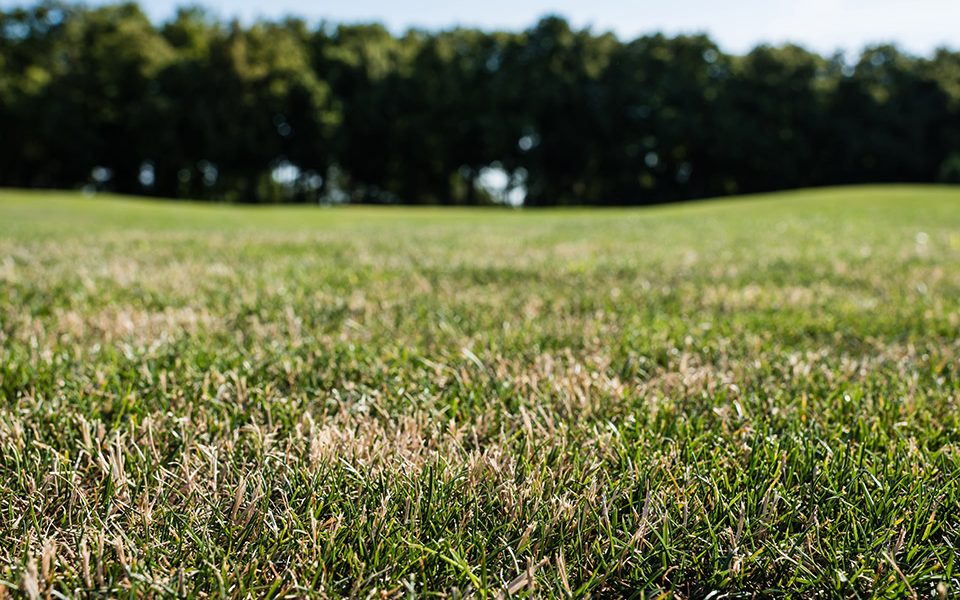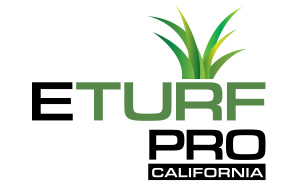What Do The New Water Restrictions Mean For Lawn Owners?
If you haven’t already heard, the Metropolitan Water District (MWD) Board of Southern California has declared a water shortage emergency that will restrict outdoor water usage to once a week. This means that lawn owners in the affected southern California counties can only water their lawns once a week, effective 1st June 2022.
The southern California board officials came to the unanimous decision after the water shortage and drought levels hit a record high. This unfortunate restriction will affect certain parts of Los Angeles, Ventura, and San Bernardino counties.
The usual State Water Project delivery transports water to almost 27 million Californians but will not only cater to 5% of all allocations. The board has advised companies and cities reliant on their supply to limit outdoor watering to once a week or find ways of cutting back to meet the daily 80-gallon allocation limit per customer.
Failure to comply with the new regulations will attract a hefty fine. Similarly, customers may have their water supply cut back to a trickle if they exceed their monthly allocation.
Of course, this news was met with shock and negativity as Californians expressed their different concerns. Some claimed that the board’s decision was too quick, while others claimed it has become a trend to cut back water usage with no end in sight.
But the primary concern that most affected residents share is what would happen to their lawns. The threat of grass browning and trees dying will become real come 1st June. So just what does this new regulation mean for California lawn owners? Here is everything you need to know.
What To Expect In The Coming Months
Steve Blois, an MWD board member representing Calleguas Municipal Water District, said that the board’s decision prioritizes keeping the water running to serve the health and safety needs of the population. This remains the board’s top priority, and watering lawns is considered ‘non-essential’ water use.
Therefore, the district board will provide a sustainable watering schedule starting in June. Los Angeles Mayor Eric Garcetti initially announced that lawn watering would be limited to Mondays and Fridays for customers with street addresses ending in odd numbers. Similarly, customers with street numbers ending in even numbers will only water their lawns on Thursdays and Sundays.
These changes will follow the existing water restrictions, such as a maximum of 8 minutes per use of sprinklers and 15 minutes using water-conserving nozzles. It also remains that watering is prohibited between 9 am and 4 pm regardless of the watering day.
It has become clear that the board will limit watering lawns to 1 day per week. Most Californians have expressed that their lawns cannot survive with this one-day watering system. And so, in the coming months, you are bound to see more brown grass.
MWD’s general manager Adel Hagekhalil responded to concerns about the ‘one-size-fits-all’ approach that would affect public parks saying that the district will implement measures that accommodate local cities’ and agencies’ regulations and drought plans. Therefore, spaces like this could be permitted more frequent irrigation.
However, Hagekhalil also cautioned that stricter regulations such as a total ban on outdoor irrigation could be coming if the drought persists. And since the drought has been ongoing for three years, it could happen well before the year ends.
Improvise, Adapt, Overcome
Overall, the MWD has expressed that the restriction is a responsibility to the community. The members have endlessly voiced that people need to know how dire the situation is and make decisions to help with the water shortage.
If you are about to be affected by the restriction, there are multiple measures you can take to survive the session and keep your space green by all accounts. The following information should help with this.
Keeping trees alive is the priority.
The first thing to note is that keeping trees healthy and alive is the priority. Due to the new regulations, residents have voiced their concerns about trees and essential vegetation dying. The board expressed their hope for the district to provide information on keeping trees healthy while letting grass brown. But until then, here are a couple of tips on the topic.
- Reuse water. The first thing you should do is save up some of the water that usually goes down the drain and use it to water the trees. For example, bathwater with limited amounts and types of soap is okay for watering plants, especially in emergencies like drought. Ensure that you use the water on the base of the plant to prevent leaf burn.
- Use organic mulch. With the rising temperatures, water will evaporate quickly from the ground, including at the tree’s base. You need a protective layer to prevent water from evaporating and instead seal into the soil. Organic mulches provide sufficient cover during a drought, so cover the base of your tree with wood chippings, leaves, pine needles, bark, and crushed eggshells. Organic mulch covers will eventually decompose, nourishing the trees and making them stronger.
- Water deeply and slowly. Watering at the top of the soil will not give the roots enough time to absorb water since they are deep in the soil, and the water could evaporate fast. Therefore, switch from sprinklers to a drip irrigation system placed at the tree’s base deeply. A water bottle with a hole in the cap is effective as long as you place it into the soil.
- Limit pruning. And lastly, cutting off a dead branch is good, but the tree will use more water and energy to heal itself. Therefore, you should limit pruning for the time being.
Changing lawns is practical.
Some residents are turning to low-maintenance and water-conserving lawn options such as artificial turf and stone. While there is nothing like a lush green lawn budding with life, the harsh drought and restrictions can no longer support lawns that need frequent watering.
Therefore, if you like the look of green, look up artificial grass. Or find an aesthetically appealing way to incorporate rock on your lawn to stay away from grass completely.
As the board has expressed, it is an individual responsibility to the community. So ensure you follow the regulations and keep options open to go through the drought gracefully.


